Explaining the remarkable performance of ‘minnows’ of yesteryears some have observed that T20 is a ‘carefree format’ by design and therefore second tier teams can produce upsets. This is debatable-to say the least. Polonius had quipped that there was a ‘method’ to Hamlet’s ‘madness.’ I think the same goes for this too quick format where things practically end the moment they start. Greater care is needed in all stages-selection, training, attitude building, performance on the day and feedback. It would be suicidal to harp on the deceptively carefree character of T20 cricket.
Yes, India lost shamefully the semifinal to England; Yes, the mighty Australia could not make even the semifinals. Yes, South Africa choked and stumbled at the second-last hurdle; Yes, England who seemed unbeatable against India in the semis sweated against Pakistan to reach a meager 139 in the final; Yes, in spite of half a dozen batsmen scoring over 200 runs (Kohli almost 300) a medium pacer, Sam Curran, was adjudged the player of the event and Yes, despite whims of weather and lady luck, the 3rd umpire’s at times questionable decisions this T20 World Cup was positively memorable because it has augured the emerging face of the shorter version of Cricket. ‘The game of cricket has won’ is not a cliché.
One obvious reason is certainly the upsets: Zimbabwe beating Pak by sheer chance; Ireland beating England thanks to Duckworth-Lewis’s trickery; Namibia stunning Sri Lanka on batting strength and Scotland doing the same to West Indies on brave bowling; Netherlands having the measure of South Africa by their never-say-die tenacity; Bangla Desh showing exultant Zimbabwe that their win over Pak was not for better Cricket; Sri Lanka proving themselves only against Ireland and Afghanistan…
Blunting fierce old rivalries like Australia-England, India-Pak was nice to watch as these met only once-thought to packed stadia. Since India-Australia never met, the recently fashionable supposed tussle between them did not materialize. Attendance was good. Supporters cheered their favorites heartily and not hysterically. Weather held-generally and altered the course of the game only in England-Ireland and India-BanglaDesh encounters.
The myth of Australia’s invulnerability stood in tatters before the home crowd which had a sizeable number of Asians as was evident by the over 90 thousand attendances for the India-Pak thriller. The Australian team might have come under heavy fire from their media but it must be conceded that tricky Australian pitches and huge grounds played a big role in making the event so topsy-turvy. Uneven bounce and unpredictable movement off the Australian wickets at times surprised even experienced bowlers-no matter pacers, seamers, or spinners; no wonder they flummoxed agreeably giant batters too. As a result, totals generally stayed modest; so, did the number of boundaries. Bowlers had to put in their best to defend moderate totals. Moreover, there was remarkable variation in behavior of pitches known to aid certain types of bowling. Both bowlers and batters had to adapt and improvise. The next hosts of the event should learn from the Australian pitch-makers and avoid stereotypes like low bounce English wickets and flat pitches of the Indian sub-continent which in essence are bowlers’ graveyards - just recall the four sixes on the first four balls of the last over of the final by a not much fancied West Indies batter when India were the hosts.
Australia’s shocking ouster has irked all lovers of cricket-not just the Australians. That team suffers from poor leadership in all formats. Since Warner and Smith, both extraordinary players, smeared themselves with ignominy for ball tampering Australia lacked leadership in all three formats of the game Tim Paine was just not in the leader class; nor was the rapidly fading Chris Cummins. Same goes for Clarke. Finch is inconsistent and uninspiring. Others are too young and inexperienced. The occasional flamboyants like Stoinis, Zampa and Wade are key players only in suitable conditions: they lack the proverbial never say die Aussie spirit. The Australian media should see the futility of flogging dead horses and look for fresh probables to fill the gap at the top.
India was another fancied team that entered with a bang and exited with a painful whimper. The euphoria of the win over Pak on Diwali day seemed ancient history as England openers ground India’s attack in the dust. No doubt England were a better team but we lost to them like they were supreme and unstoppable. Our batters had put a total that was not daunting but it was not poor either. In the accelerating debacle that followed, Sharma, like Finch, proved more a burden than inspiration Experience of Kohli was nowhere in evidence when India fielded for reasons known only to the two of them and the coach. The other four old timers Ashwin, Bhuvi, Kartik and Shami have signed their own retirement papers. If Australia needs fresh leadership, India needs a new team with a new leader to match the demands of T20 cricket which is not just here to stay but is thriving.
हेही वाचा : कोरोनाकाळात क्रिकेट पाहताना... - रामचंद्र गुहा
Explaining the remarkable performance of ‘minnows’ of yesteryears some have observed that T20 is a ‘carefree format’ by design and therefore second tier teams can produce upsets. This is debatable-to say the least. Polonius had quipped that there was a ‘method’ to Hamlet’s ‘madness.’ I think the same goes for this too quick format where things practically end the moment they start. Greater care is needed in all stages-selection, training, attitude building, performance on the day and feedback. It would be suicidal to harp on the deceptively carefree character of T20 cricket.
All Indians need to develop a better perception of cricket-players, coaches, managers, organizers to build better teams for consistent performance both at home and abroad. Very few Indian cricketers have performed better abroad; they are kings on home pitches. At home cricket is not just a game but an entertainment too. Cricket events pull huge crowds and organizing those is an economy – a business in fact. Organisers are minting money: just consider the balance amounts of IPL franchises published only last week.
Unfortunately Indian crowds who flock the stadia understand only three happenings in the game- a four, a six and a clean bold! Those who have a better understanding watch it on TV and are interrupted by ad breaks whenever they happen. Indians want fours and sixes to rain nonstop. They idolise batters who literally murder the bowlers and rarely appreciate bowlers’ performances. To make this excitement possible Indian pitches are generally flat, dry, and lifeless. Bowlers have to toil without help from neither the pitch nor the watchers. The observation that Indian batters failed this time because they do not play in the domestic cricket of other countries should be responded in two ways: let our players play outside if/when invited; but more importantly let us prepare bowler friendly wickets at home so that our batters will not be totally at sea on outside pitches. Admittedly, there is a risk here- outside bowlers might benefit on our pitches and will threaten the winners at home record. But we need to take that risk since both our batters and bowlers will develop more to face all sorts of wickets –no matter where they are playing. 
Emotional response to victory and defeat is another flaw in how Indians react to either. We go mad: both when we lose and win. We need to learn to analyse both dispassionately. Consider the recent India-Pak game. Nobody discussed the luck factor because of the Kohli innings which was special without doubt. But we should see at least now that the last over of the match was beyond all logic and Pak were exceptionally unlucky when both cricketing rules and providence went in favour of India. A complacent mindset must have started germinating both in the team and their fans. Now nothing could go wrong for India since they had humbled Pak- which is generally seen as a national achievement. That Kohli came true as a batter in that game and continued did not serve India’s purpose as we shrunk gradually though he remained consistent..
Living in the past is our national trait and evident in team selection too. For one thing there is too much statistics available. Past records of aging players are seen as a guarantee of future performance. This is totally against the mad logic of T20 cricket which demands performance now and tomorrow like the Indian investor. There is also the sickening argument of balance in the old and new and making sure of harmony between change and continuity. This is happening when most other teams engage talented players for a short time and make the best of their prime. Since the supply of young talent in India is continuous in India selectors should also try bold solutions like introducing an age bar, say 30, for the T20 teams.
India is doubly cricket rich – cricket creates wealth and there is a lot of cricketing-wealth in the country. But a realistic, objective and team oriented future perspective is needed urgently. May the makers of our cricket develop it, suspend the obsession with past glory of teams and individual players may they avail of cricket advisers who have studied conditions abroad and may they put their trust in stars of today instead of giants of yesterday and may they take the risk of educating the Indian cricket fans to understand subtleties of the game and not just a four, a six and fallen stumps!
- Vinay Hardikar
vinay.freedom@gmail.com
(The writer has been working in the public sphere of Maharashtra for the last five decades. His versatile personality has several dimensions, but the primary ones remain to be that of an established writer, journalist, editor, critic, activist, and teacher.)
Tags: Cricket World Cup T-20 Vinay Hardikar English Articles India-Pakistan match Load More Tags














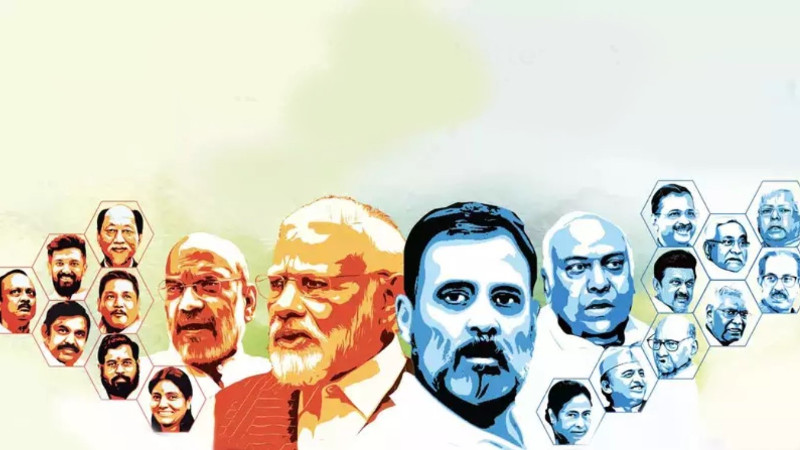

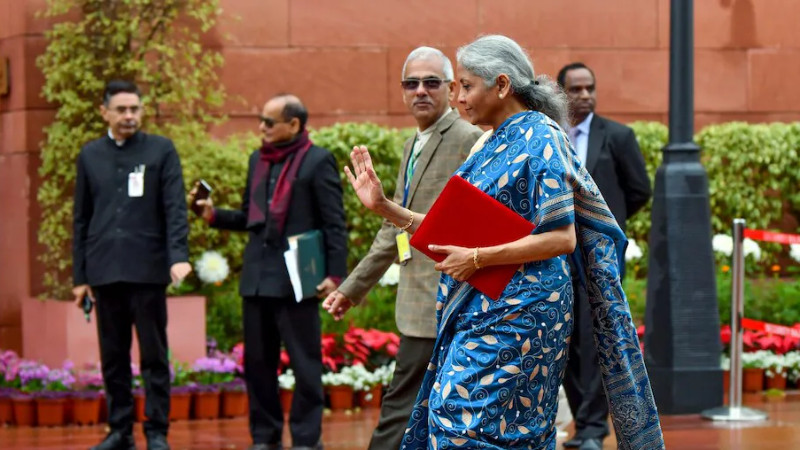




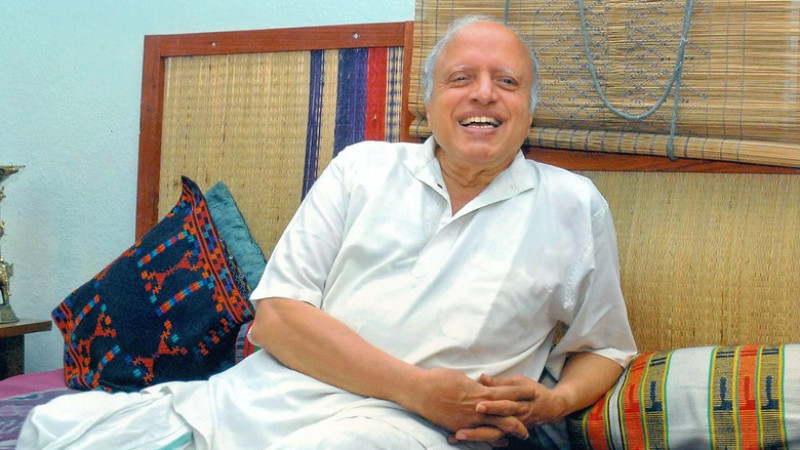
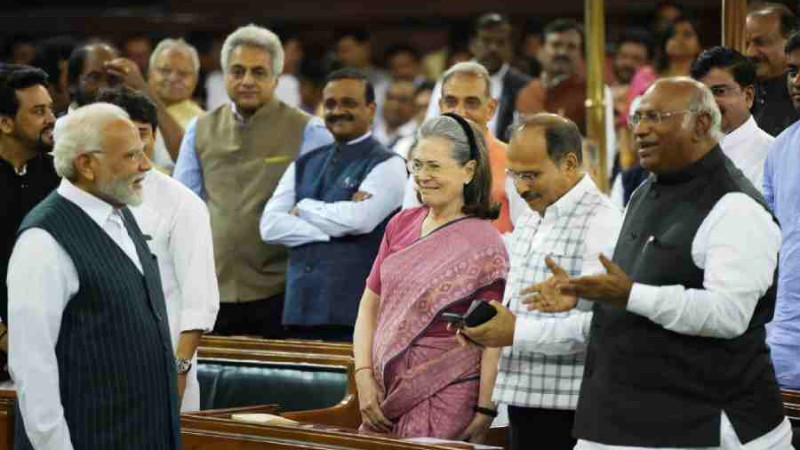
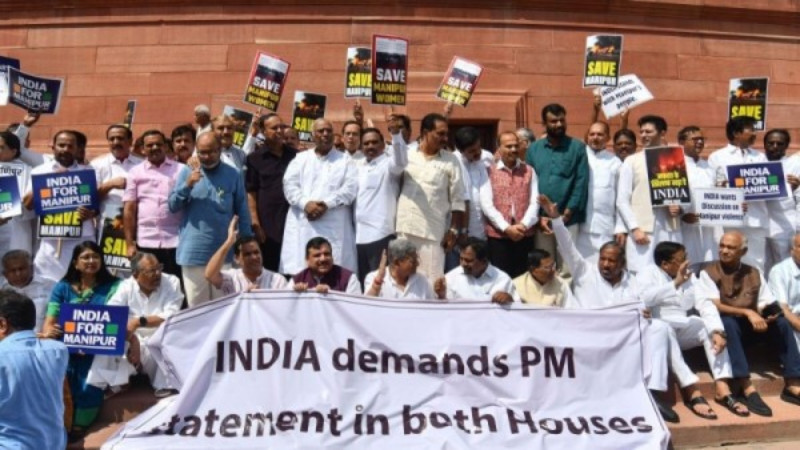

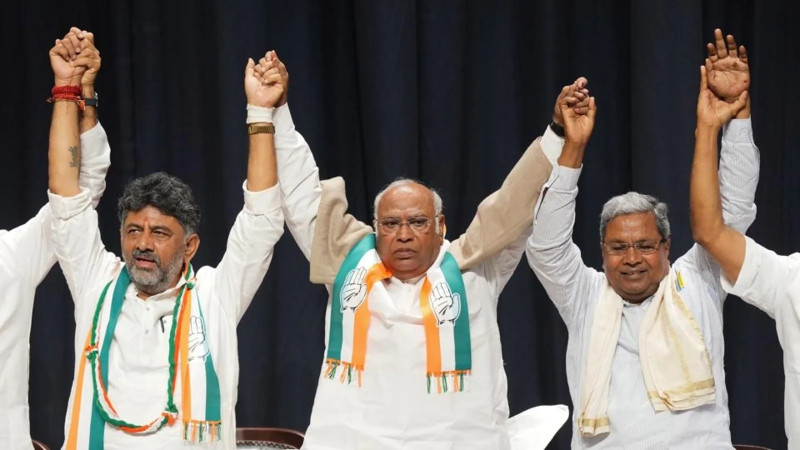

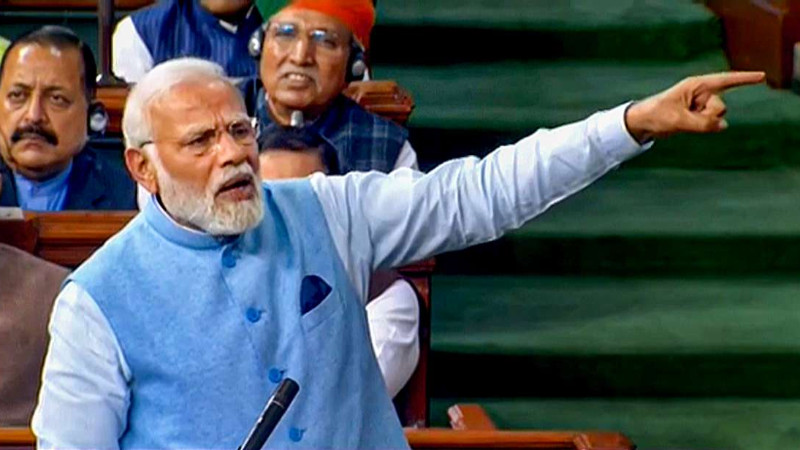



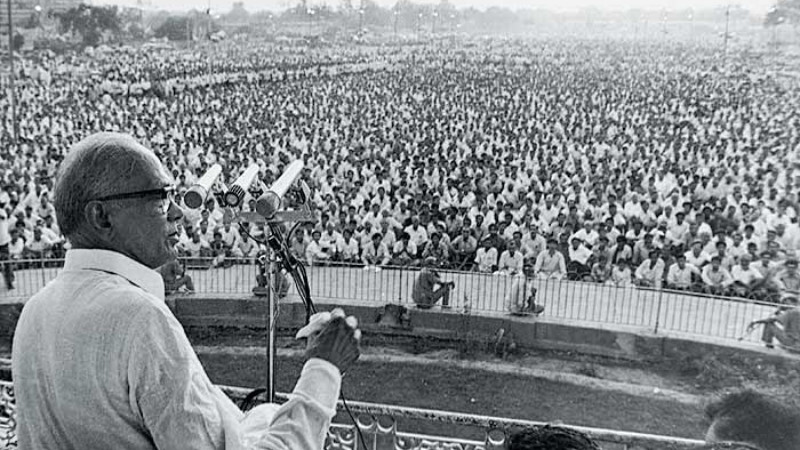


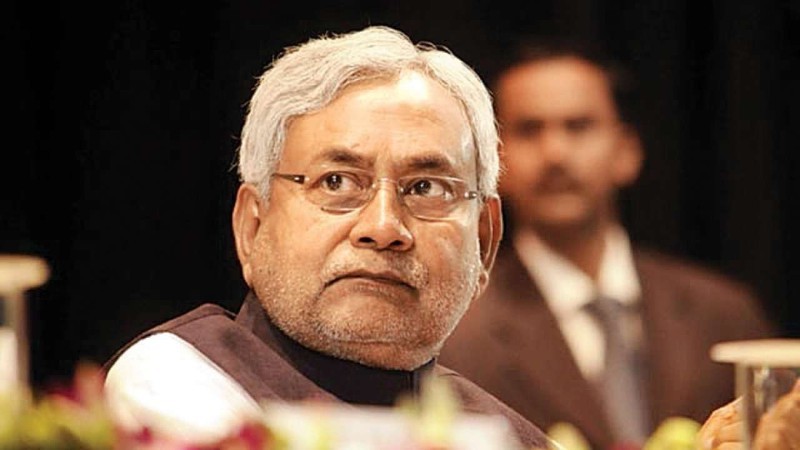





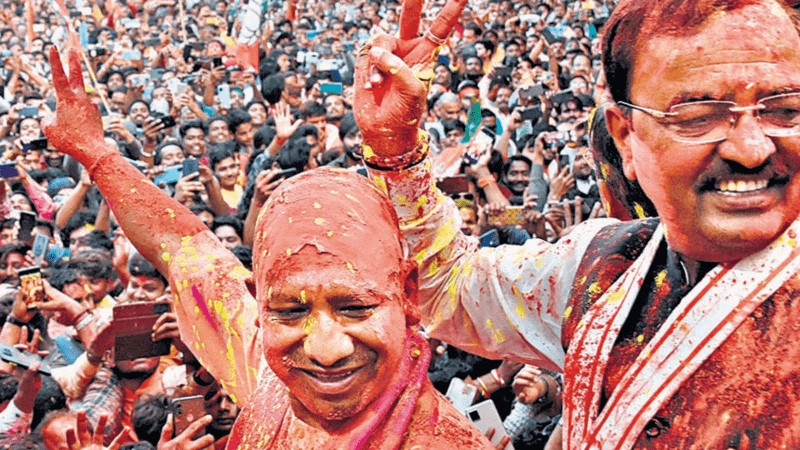
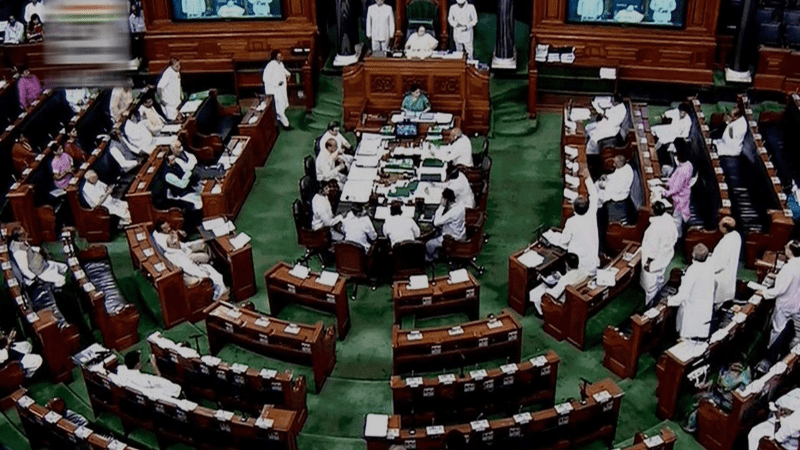
















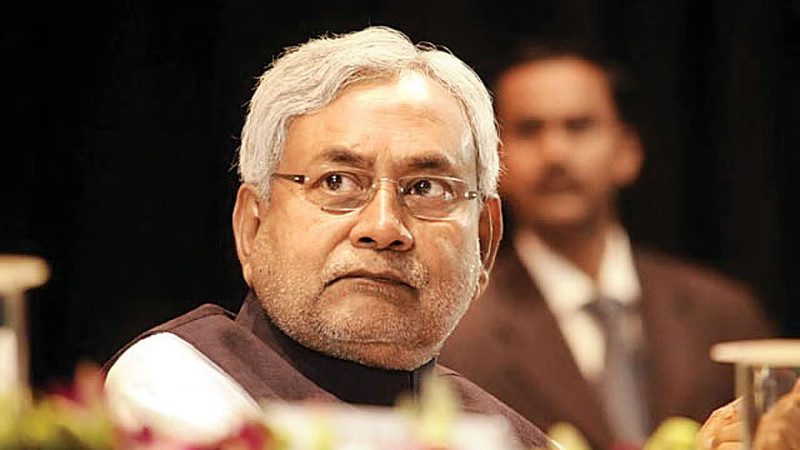
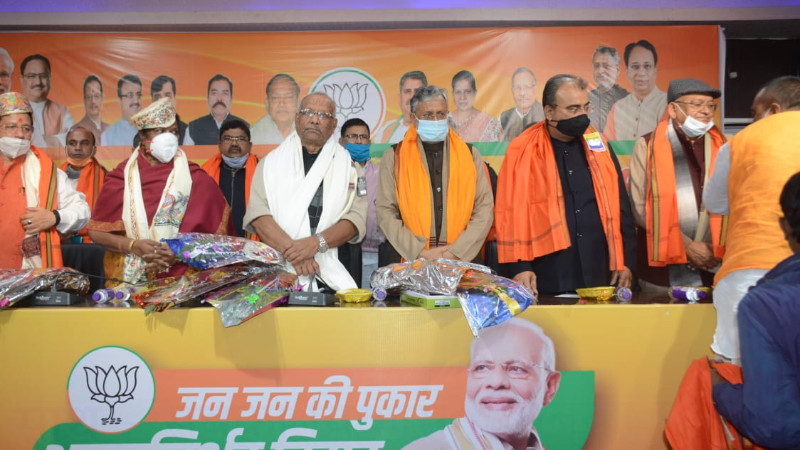
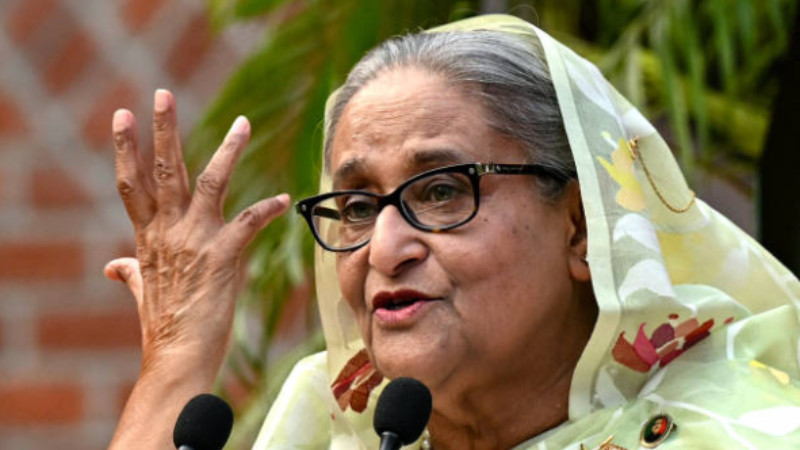

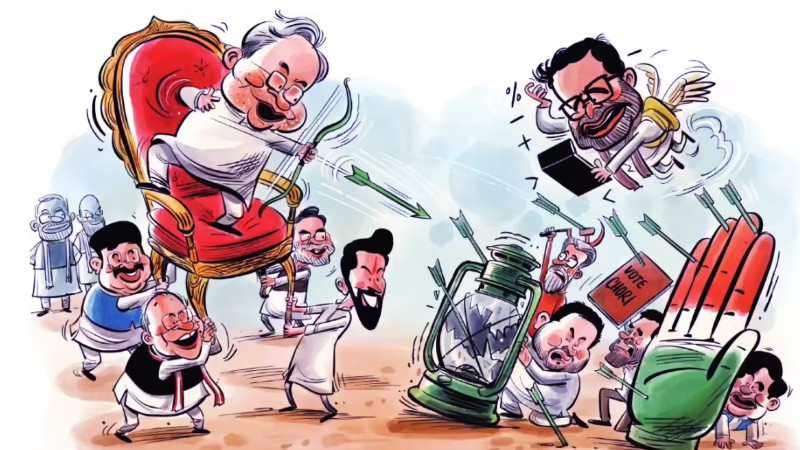
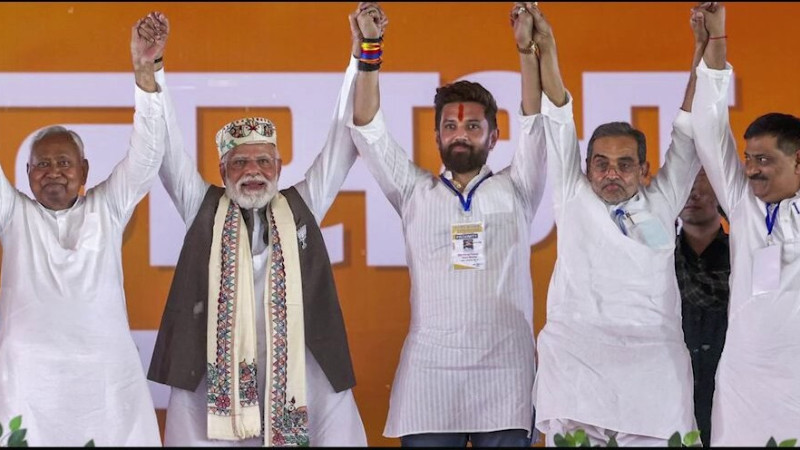


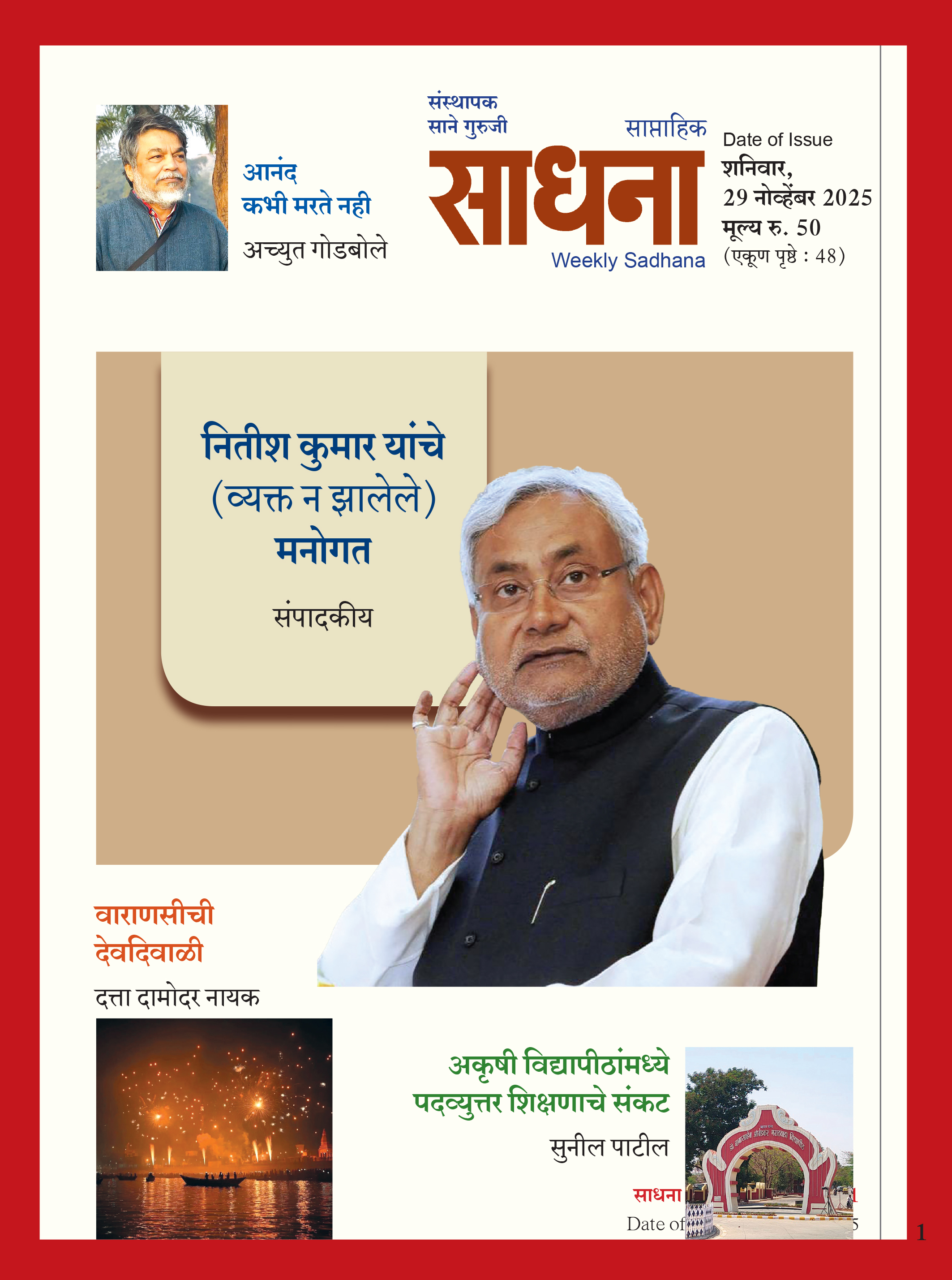





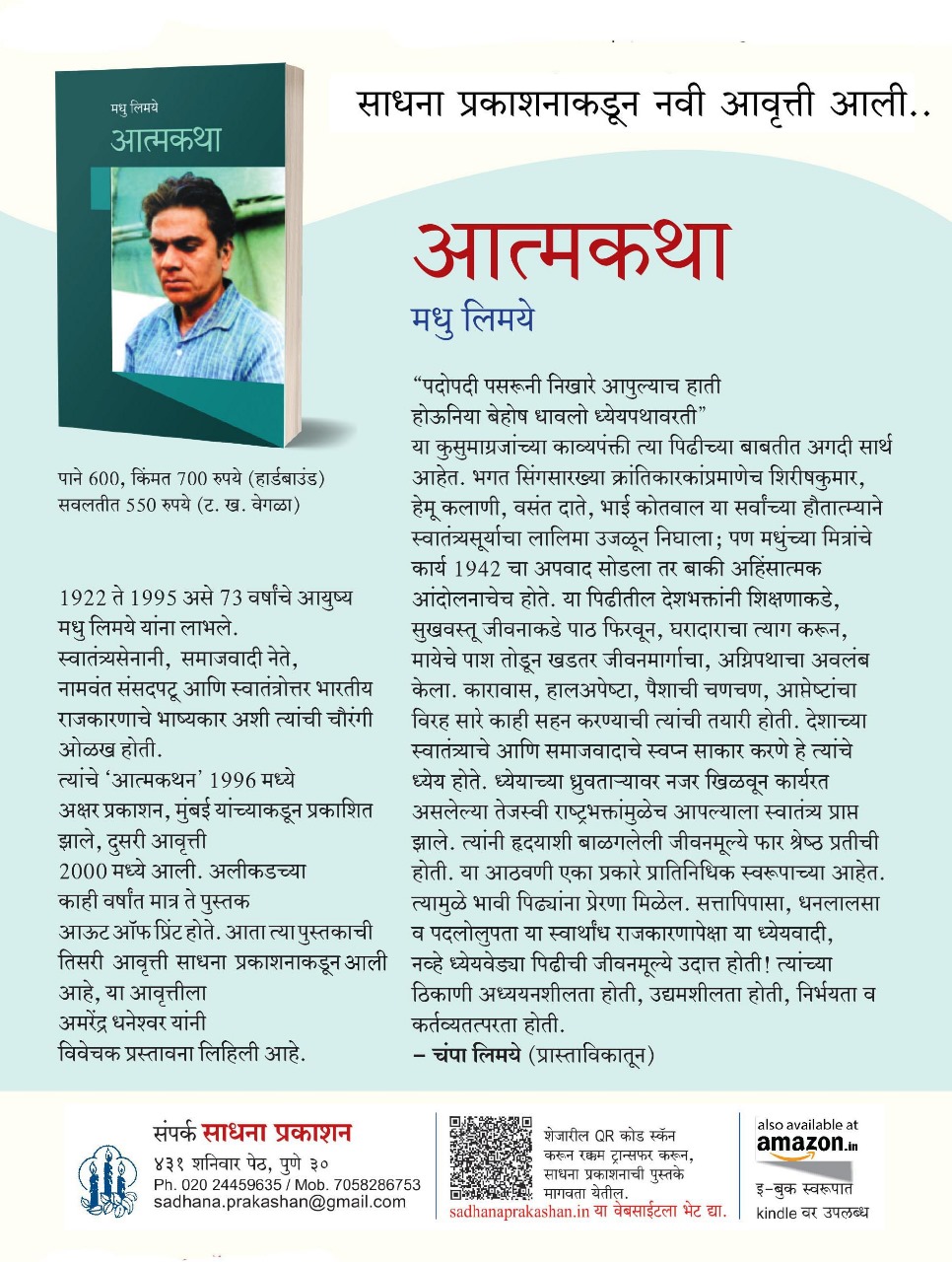



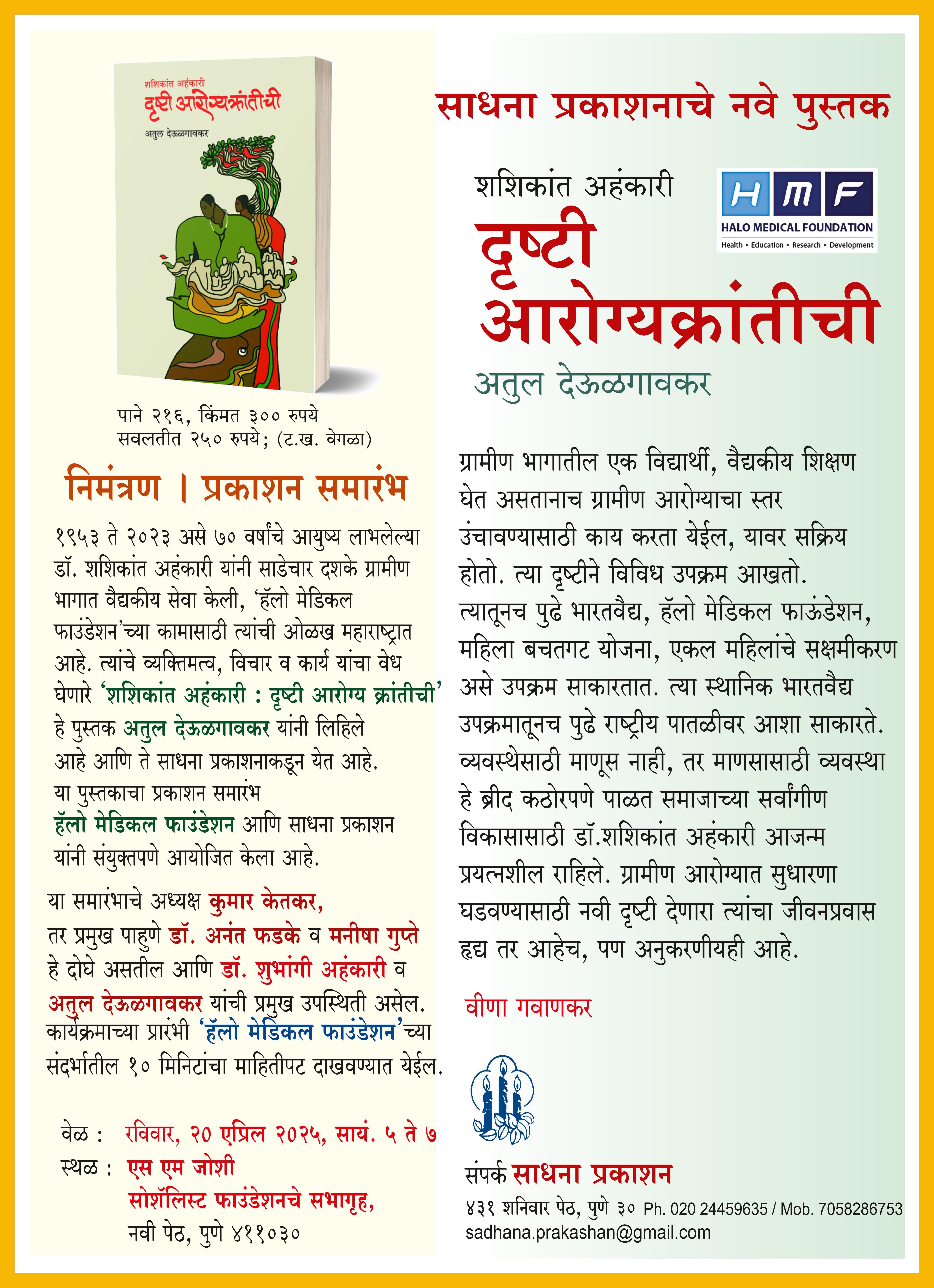



Add Comment